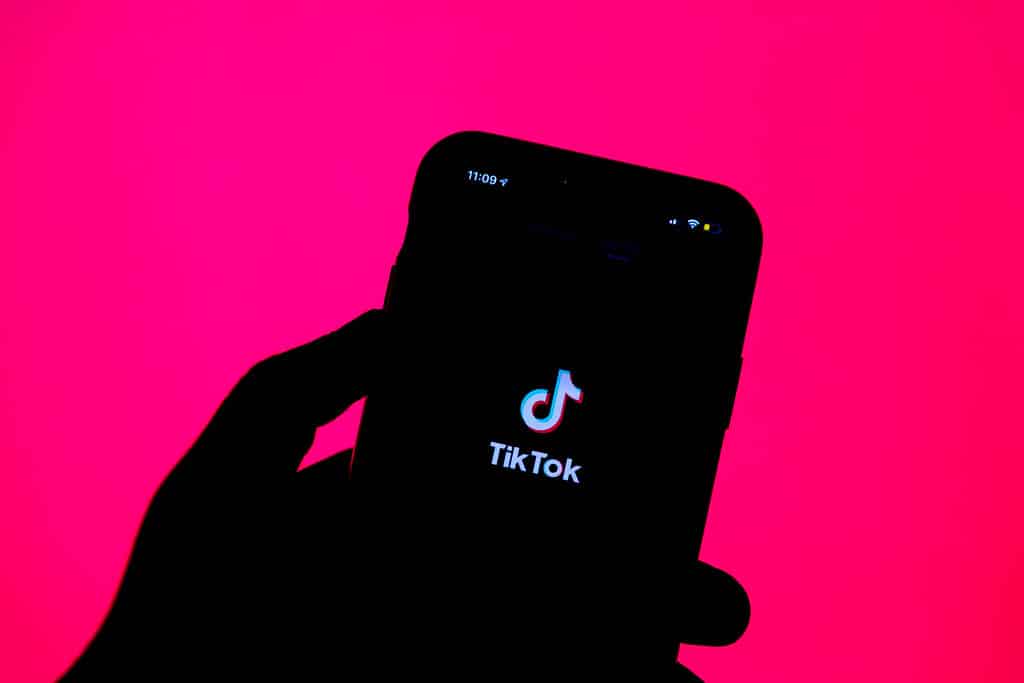Hooked in 30 Minutes

TikTok is not just a video-sharing program; it is possibly the most addictive technology ever invented. More addictive than tobacco. Harder to give up than alcohol. More pervasive than fentanyl. TikTok is everywhere, and it is addictive by design.
Baylor University has run a series of articles documenting the work of social media researchers James A. Roberts and Meredith E. David at the Hankamer School of Business in Waco, Texas. Roberts & David break down the formula behind TikTok’s addictive algorithm:
- Ease of Use
- Relevance
- Surprise
The mastery of these three elements has enabled ByteDance, maker of TikTok, to create a product that is addictive “after less than half an hour on the app.” And one of the ways it hooks people is that it never feels like you just spent half an hour scrolling through videos.
The researchers say that scrolling through the short videos causes “time distortion,” with the intended result that users underestimate the amount of time spent on the app. The research was published in the journal, Cyberpsychology, Behavior, and Social Networking.
The Baylor researchers conducted a survey of 555 college students, asking them to rate three apps used for sharing short-form videos: TikTok, Instagram Reels, and YouTube Shorts. Each app was rated on 18 attributes, such as ease of use and accuracy of recommendations.
Participants then completed assessments for social media addiction. The findings helped researchers “reverse engineer” short-format video to determine what attributes made it more likely to cause smartphone addiction.
In order to ramp up user engagement, the app has to deliver what the user wants. That’s the first element of addiction — that the results of the app improve with use. As the user views and rates more material, the app becomes better at predicting what the user wants. This generates a sensation that the app is improving the more it is used.
Users also want to be surprised by the app. They want it to deliver new experiences they weren’t expecting, but don’t find offensive. TikTok is able to triangulate on these welcome intrusions better than the other short-form video apps, according to the survey.
The third element is ease of use. This is a major advantage of the format. With severely time-limited videos, artists have to make their point fast and get out of the way. It forces influencers to be briefly compelling and sets expectations for videos to deliver in a matter of seconds.
Another element in ease of use that helped TikTok perfect its addictive qualities is that videos play automatically, without having to press a play button. Everything is designed to quickly give you what you want and what you need (those pleasant surprises).
An earlier study of 420 adult users of TikTok and Instagram found that the apps created a digital “immersion in a world created by the social media experience.” This culminates in a “flow state” while using the apps, where attention is captured and time flies.
The results can be harmful, as the Baylor researchers point out:
Excessive time on short-form video apps can erode attention spans, foster expectations for instant gratification and displace face-to-face interaction.
The apps are designed to be immersive, elbowing out time spent on other activities, and ratcheting up users from casual engagement to full-blown internet addiction. We have many articles about social media addiction at AddictionNews, but not many reveal the thinking that goes into building addictive algorithms.
Written by Steve O’Keefe. First published November 17, 2025.
Sources:
“Why TikTok Keeps You Scrolling: Baylor Research Explains the Science Behind Social Media Addiction,” Baylor University, November 5, 2025.
“Technology Affordances, Social Media Engagement, and Social Media Addiction: An Investigation of TikTok, Instagram Reels, and YouTube Shorts,” Cyberpsychology, Behavior, and Social Networking, May 5, 2025.
“Baylor Researchers Explore Effect of Instagram, TikTok on Psychological Well-Being,” Baylor University, May 3, 2023.
Image Copyright: Solen Feyissa, used under Creative Commons license.




